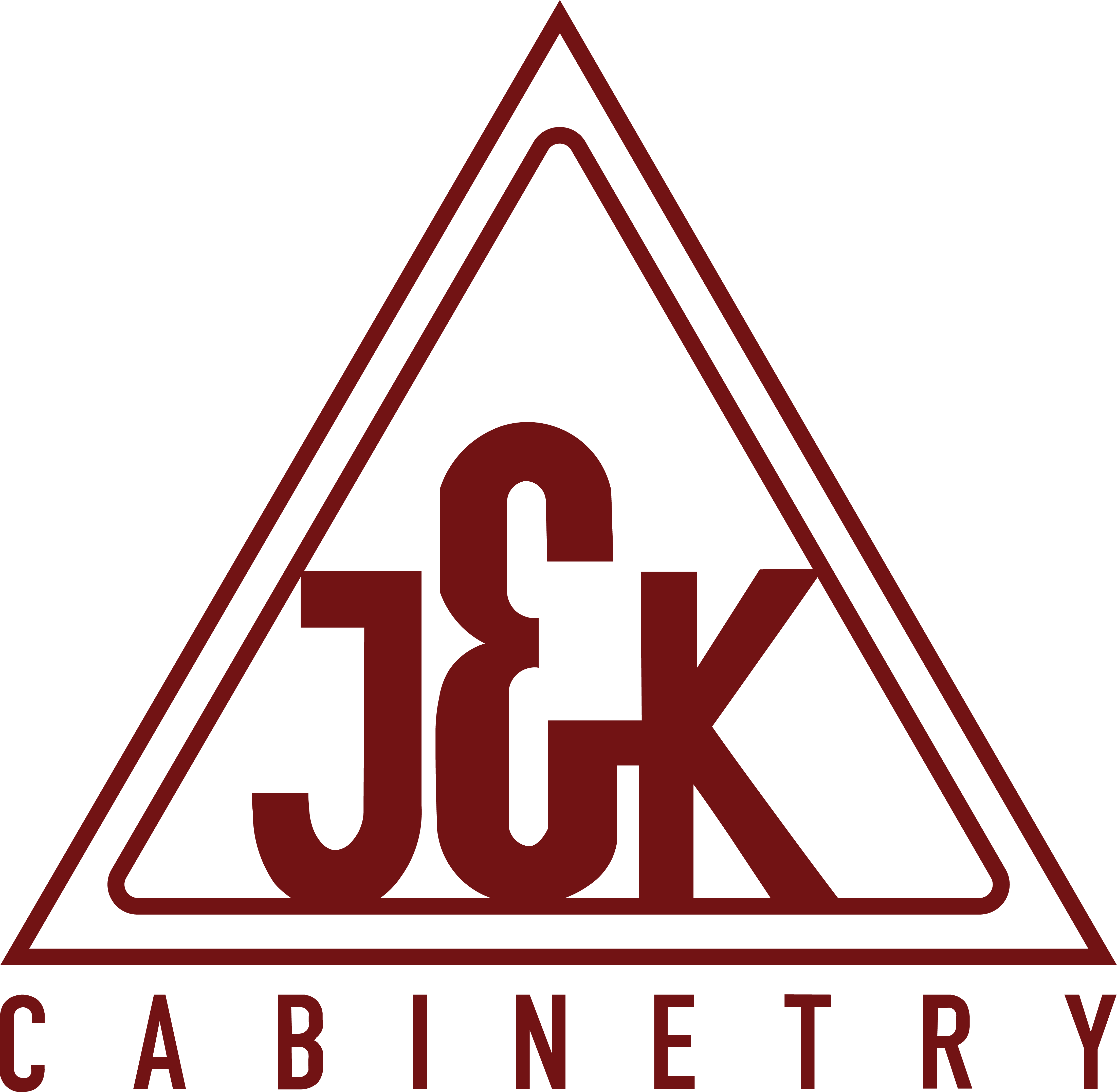The following are general rules of how to take care and maintain the elegance of our cabinetry to ensure it's longevity.
General Information
Keep cabinet surfaces dry.
Quick temperature changes and excessive moisture can be harmful to the cabinet finish and overall cabinet stability.
Initial Cleaning After Installation
To remove dust, use a soft, lint-free cotton cloth to wipe down all exterior and interior surfaces.
5 Ways to Clean Cabinets Without Damaging Them
Clean smarter and protect your cabinet finish.
1
Basic Cleaning
- Use a soft, lint-free cotton cloth dampened with a mild detergent or soap, and warm water.
- For best results, use a “blotting” action rather than a wiping motion when cleaning.
- Dry surfaces immediately with a soft, lint-free cotton cloth.
- Avoid using a dish cloth or sponge – Harsh detergent residues may harm finishes.
- Avoid ammonia-based cleaners and soaps with dye.
2
Wipe Spills Promptly
- Food spills and grease will come off more easily if they are removed promptly.
- Wipe up spills and water spots immediately with a lint-free cotton cloth so moisture is not absorbed into the cabinetry.
- Check the areas around the sink and dishwasher to make sure that water and detergents do not dry on the cabinet surface.
- Do not leave printed materials (newspapers, magazines, etc.) on the cabinet surface. The printing ink can bleedinto the cabinet finish.
3
Avoid Excessive Moisture & Heat
- Avoid draping wet or damp dish towels over doors of the base cabinets.
- Do not attach towel racks to the interior of cabinet doors.
- Use trays under potted plants to catch excess water.
- Avoid placing small kitchen appliances where the heat or steam is directed onto cabinet surfaces.
- Always protect wood surfaces by using hot pads under hot items.
4
Avoid Abrasives
- Never use scouring pads, steel wool, wire brushes or powdered cleaners.
- Do not allow oven cleaner to touch any part of the cabinet.
- Avoid sliding objects across the cabinet surface.
- Be careful with knives and other sharp objects that can damage the cabinet surface.
- When in doubt of a cleaner’s suitability, don’t use it. Harsh cleaners and detergents may scratch and penetrate the surface, allowing food or moisture to enter and cause deterioration of the finish. Never leave a cloth moistened with cleaners on a cabinet surface for any length of time.
5
Care and Cleaning of Glass Door Inserts
- Use a household glass cleaner with a soft, clean cloth.
- Apply the glass cleaner directly to a cloth rather than the glass or mirror.
- Avoid excess glass cleaner running into cabinet joints.
- Ammonia should never be used full strength.
still have a questions?
Can’t find the answer you’re looking for? Please email our friendly team.









